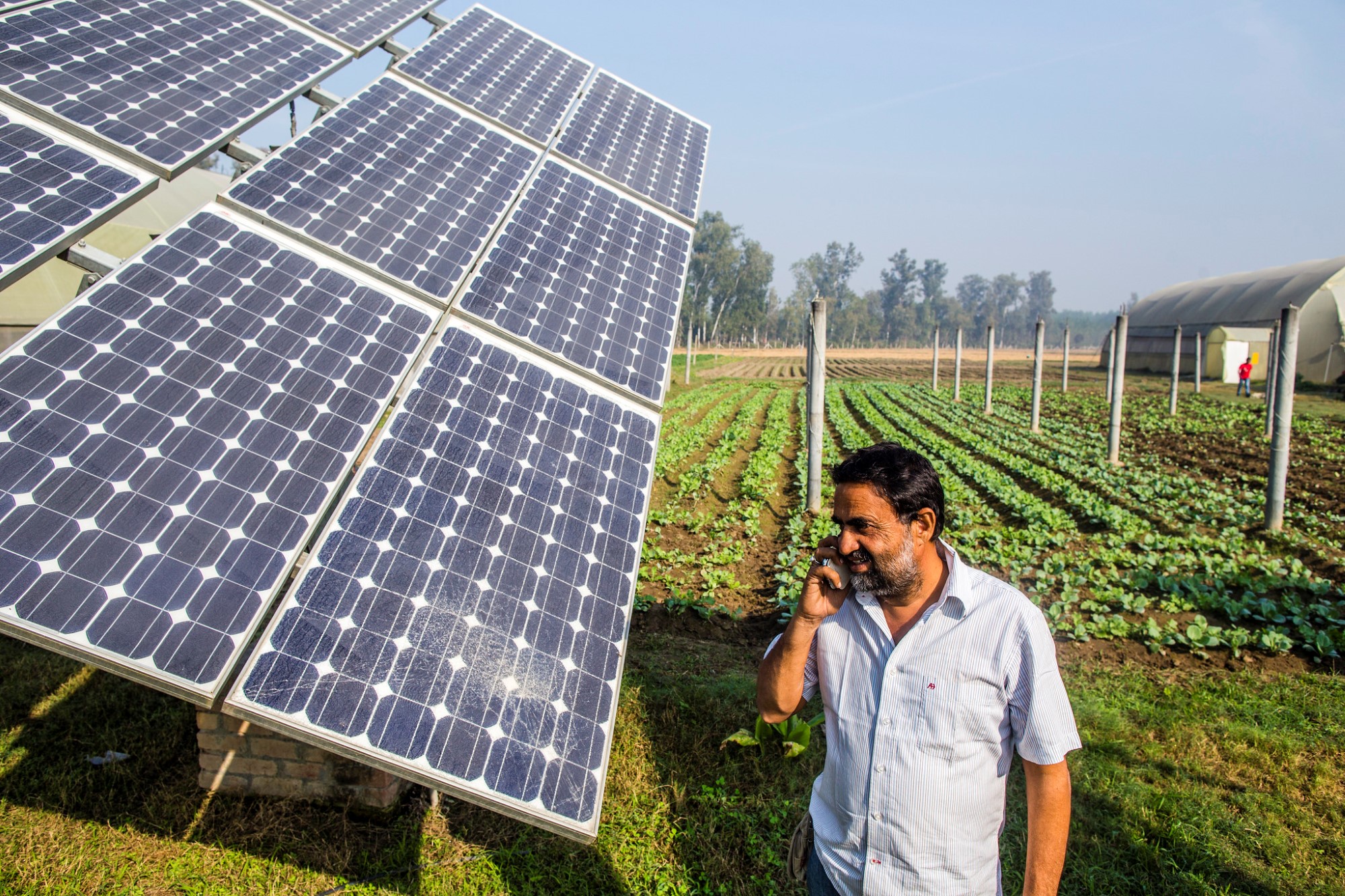5G technology and smart agriculture to aid Indian farmers

photo credit: IWMI/Prashanth Vishwanathan
By Shalini Gakhar, Sheetal Sharma and Rabi Sahoo
Since October 2022, India has embarked on the fastest rollout of 5G mobile data in the world, with average download speeds nearing 100 megabits per second. Agriculture is one of the fields set to be impacted: here we share five ways in which 5G can enable more productive smart farms in India.
The context
Nearly half of India’s labour force is employed in agriculture, but farmers face many obstacles to achieving high productivity and a good income. One indicator is that just 40-45 percent of farms are mechanized, with one study highlighting factors such as small farm size, low access to power and credit services, and low awareness of the options. Digital technologies offer many answers to this problem, along with better management of scarce natural resources.
Mobile internet has the revolutionary potential to connect rural populations and enable technologies such as unmanned aerial vehicles (UAVs) in remote areas. Compared to its predecessors, 5G offers greater reliability and 25 times greater download speeds, required for connected devices (known as internet of things, or IOTs) or new AI applications.
In 2015, the Indian government announced the Digital India Initiative, which connected 270 million Indians to mobile internet within 8 years and led the way for 5G adoption. An enabling environment has led to a proliferation of agtech startups, while one of the many government initiatives includes the agri-stack: an open source system unifying agricultural datasets and connecting them with individual farmers.
During the India Mobile Congress 2023 Narendra Modi, prime minister of India, announced the establishment of 5G use case labs in 100 educational institutes researching the application of connectivity with different technological sectors, and positioning India as a potential leader for the upcoming era of 6G.